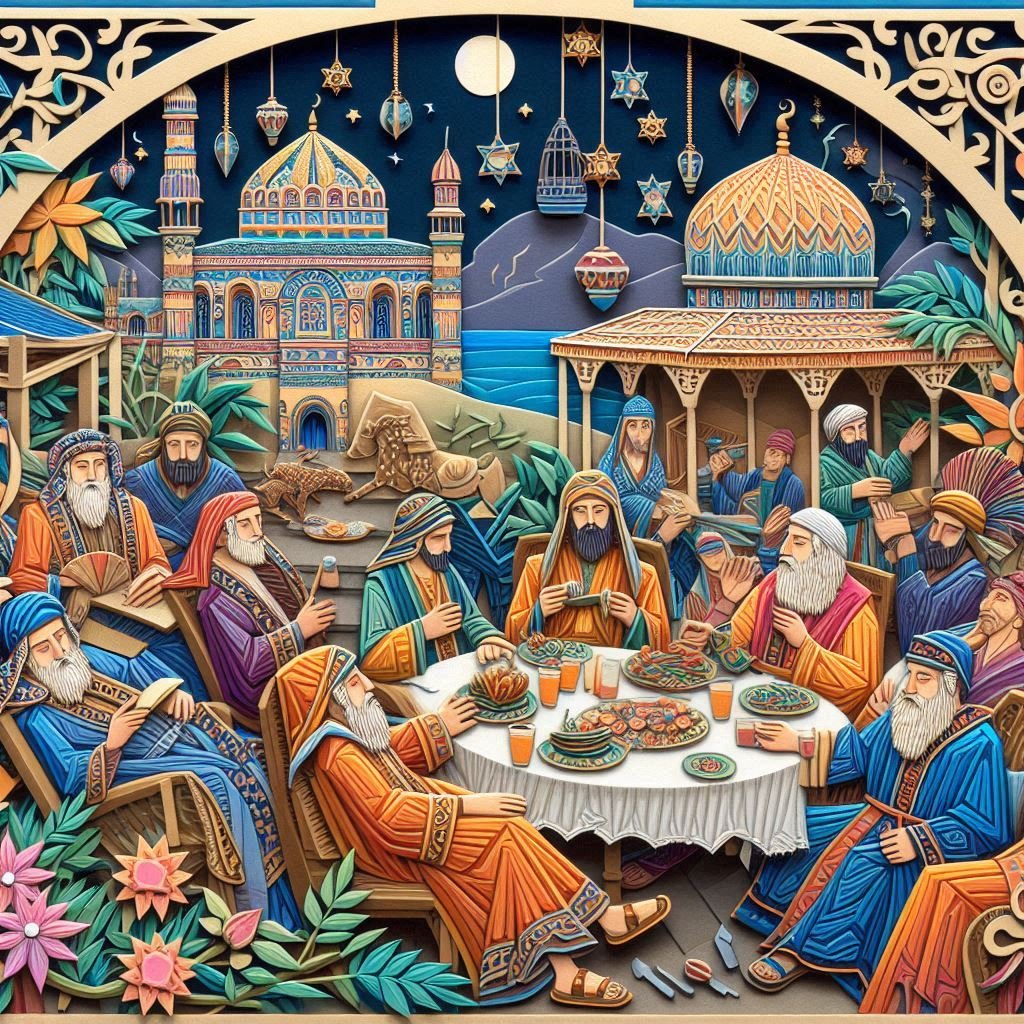Introduction to the Book of Esther
The book of Esther is a captivating narrative found in the Old Testament, nestled among the historical books of the Bible. Unlike many other biblical books, Esther does not explicitly mention the name of God, yet His providential care and sovereignty are unmistakably woven throughout its pages.
Set in the Persian Empire during the reign of King Xerxes (also known as Ahasuerus), Esther presents a tale of intrigue, danger, and ultimately, deliverance.
The Context of Esther in Biblical History
Esther takes place after the Babylonian exile, during the period when the Jewish people were living in the Persian Empire. Following the fall of Babylon, King Cyrus of Persia issued a decree allowing the Jewish exiles to return to their homeland and rebuild the temple in Jerusalem.
However, many Jews chose to remain in Persia, forming diaspora communities scattered throughout the empire.
The Plight of the Jewish People
In the opening chapters of Esther, we are introduced to the main characters: Esther, a young Jewish woman living in the capital city of Susa, and her cousin Mordecai, who serves in the king's palace.
The Jewish people face imminent danger when Haman, a high-ranking official in the Persian court, schemes to annihilate them. Through a series of events orchestrated by God, Esther becomes queen and must risk her life to intercede on behalf of her people.
Esther's Courage and God's Providence
Esther's courage in approaching King Xerxes, despite the potential consequences, is a central theme of the book. Through fasting, prayer, and strategic planning, Esther prepares to make her appeal to the king. In a dramatic turn of events, Esther reveals her Jewish identity to Xerxes and exposes Haman's plot to destroy her people.
God's providential hand is evident as Xerxes reverses the decree, granting the Jews the right to defend themselves against their enemies.
Celebration and Deliverance
The latter half of Esther recounts the Jews' victory over their adversaries and the establishment of the festival of Purim, a celebration of deliverance and salvation.
Mordecai plays a key role in the events, receiving honor from the king and becoming a prominent figure in the Persian court. The book concludes with a reminder of the ongoing significance of Purim for the Jewish people and a glimpse into the lasting impact of Esther's bravery.
Lessons from Esther for Today
The story of Esther offers timeless lessons for believers today. It illustrates the importance of courage, faithfulness, and trusting in God's providence, even in the face of adversity.
Esther's willingness to risk her life for the sake of her people serves as a powerful example of selflessness and obedience to God's call. Additionally, the book highlights the reality of God's unseen hand at work behind the scenes, orchestrating events for His purposes and the ultimate good of His people.
Conclusion: The Power of Providence and Faithfulness
In summary, the book of Esther is a captivating tale of courage, intrigue, and divine intervention. Through the courageous actions of Esther and the providential workings of God, the Jewish people are delivered from destruction and granted the opportunity to celebrate God's faithfulness and deliverance.
As believers today, we can draw inspiration from Esther's example and trust in God's sovereignty, knowing that He is always at work, even in the midst of life's greatest challenges.
-
Add a short summary or a list of helpful resources here.

